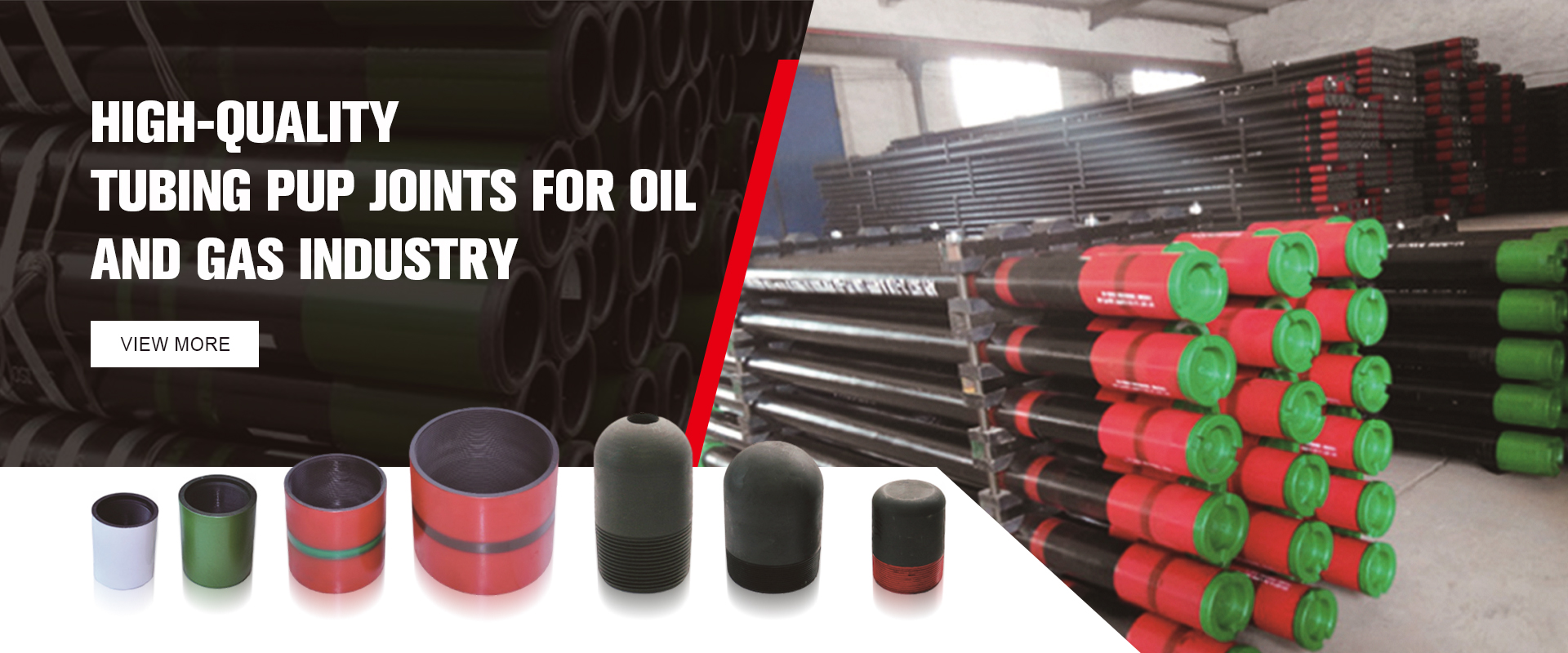- Afrikaans
- Albanian
- Amharic
- Arabic
- Armenian
- Azerbaijani
- Basque
- Belarusian
- Bengali
- Bosnian
- Bulgarian
- Catalan
- Cebuano
- Corsican
- Croatian
- Czech
- Danish
- Dutch
- English
- Esperanto
- Estonian
- Finnish
- French
- Frisian
- Galician
- Georgian
- German
- Greek
- Gujarati
- Haitian Creole
- hausa
- hawaiian
- Hebrew
- Hindi
- Miao
- Hungarian
- Icelandic
- igbo
- Indonesian
- irish
- Italian
- Japanese
- Javanese
- Kannada
- kazakh
- Khmer
- Rwandese
- Korean
- Kurdish
- Kyrgyz
- Lao
- Latin
- Latvian
- Lithuanian
- Luxembourgish
- Macedonian
- Malgashi
- Malay
- Malayalam
- Maltese
- Maori
- Marathi
- Mongolian
- Myanmar
- Nepali
- Norwegian
- Norwegian
- Occitan
- Pashto
- Persian
- Polish
- Portuguese
- Punjabi
- Romanian
- Russian
- Samoan
- Scottish Gaelic
- Serbian
- Sesotho
- Shona
- Sindhi
- Sinhala
- Slovak
- Slovenian
- Somali
- Spanish
- Sundanese
- Swahili
- Swedish
- Tagalog
- Tajik
- Tamil
- Tatar
- Telugu
- Thai
- Turkish
- Turkmen
- Ukrainian
- Urdu
- Uighur
- Uzbek
- Vietnamese
- Welsh
- Bantu
- Yiddish
- Yoruba
- Zulu
Comparison of Bull Plugs and Hex Plugs for Optimal Performance and Usage
Bull Plug vs. Hex Plug A Comprehensive Comparison
In the world of plumbing, fittings play a crucial role in ensuring a seamless connection between pipes. Among the various types of fittings available, bull plugs and hex plugs are two commonly used options. Although they may appear similar at first glance, they serve different purposes and have distinct characteristics that make them suitable for different applications. This article will explore the differences between bull plugs and hex plugs, highlighting their respective advantages, typical uses, and considerations when selecting between the two.
What are Bull Plugs?
Bull plugs, also known as blind plugs, are fittings designed to close off the end of a fitting or pipe. Their design typically features a rounded end, resembling a bull's nose, which allows for easy insertion into the pipe or fitting. Bull plugs can be made from various materials, including metal, plastic, or rubber, depending on the specific application and the environment in which they will be used.
One of the primary advantages of bull plugs is their ease of installation. Their rounded design allows for quick and straightforward insertion into the pipe without requiring additional tools. This feature makes them popular in scenarios where access is limited or where a rapid solution is needed, such as during maintenance or temporary shutdowns.
What are Hex Plugs?
Hex plugs, on the other hand, are characterized by a hexagonal shape, which allows for the use of a wrench or other tools to tighten or loosen the plug. This design provides a secure connection, making hex plugs suitable for high-pressure applications. Like bull plugs, hex plugs can be made from various materials, but they are often chosen for their robustness and durability.
Hex plugs are commonly used in systems where a tight seal is essential, such as in hydraulic applications, automotive systems, and other high-pressure environments. Their ability to withstand greater stress makes them ideal for situations where leakage could lead to catastrophic failures.
bull plug vs hex plug

Key Differences
The primary difference between bull plugs and hex plugs lies in their design and application. Bull plugs are designed for easy installation and removal, making them ideal for temporary applications or situations where frequent access to the plumbing system is necessary. Conversely, hex plugs provide a more secure connection, making them suitable for permanent installations where leaks cannot be tolerated.
Moreover, the installation process differs significantly. Bull plugs can typically be installed by hand, while hex plugs require a wrench for proper tightening. This distinction is essential when considering the installation environment; for example, in tight spaces or hard-to-reach areas, installers may prefer the ease of a bull plug.
Choosing the Right Plug
When deciding between a bull plug and a hex plug, several factors should be considered. First, evaluate the application if a temporary seal is needed, or if ease of access is a priority, a bull plug may be the best choice. However, if the application involves high pressure or a risk of significant leaks, a hex plug is likely a more suitable option due to its secure fit and durability.
Additionally, it is essential to consider the material of the plugs. Certain environments may require specific materials that resist corrosion or withstand extreme temperatures, influencing the choice between a bull plug and a hex plug.
Conclusion
In summary, both bull plugs and hex plugs serve vital roles in plumbing and piping systems, though they cater to different needs. Bull plugs offer easy installation for temporary applications, while hex plugs provide a more secure connection for high-pressure environments. Understanding the unique characteristics of each type of plug will help you make an informed decision that best suits your specific requirements, ensuring a successful and long-lasting plumbing solution. Whether you opt for the straightforward convenience of a bull plug or the reliable security of a hex plug, each has its place in the comprehensive world of plumbing fittings.
-
Tubing Pup Joints: Essential Components for Oil and Gas OperationsNewsJul.10,2025
-
Pup Joints: Essential Components for Reliable Drilling OperationsNewsJul.10,2025
-
Pipe Couplings: Connecting Your World EfficientlyNewsJul.10,2025
-
Mastering Oilfield Operations with Quality Tubing and CasingNewsJul.10,2025
-
High-Quality Casing Couplings for Every NeedNewsJul.10,2025
-
Boost Your Drilling Efficiency with Premium Crossover Tools & Seating NipplesNewsJul.10,2025







